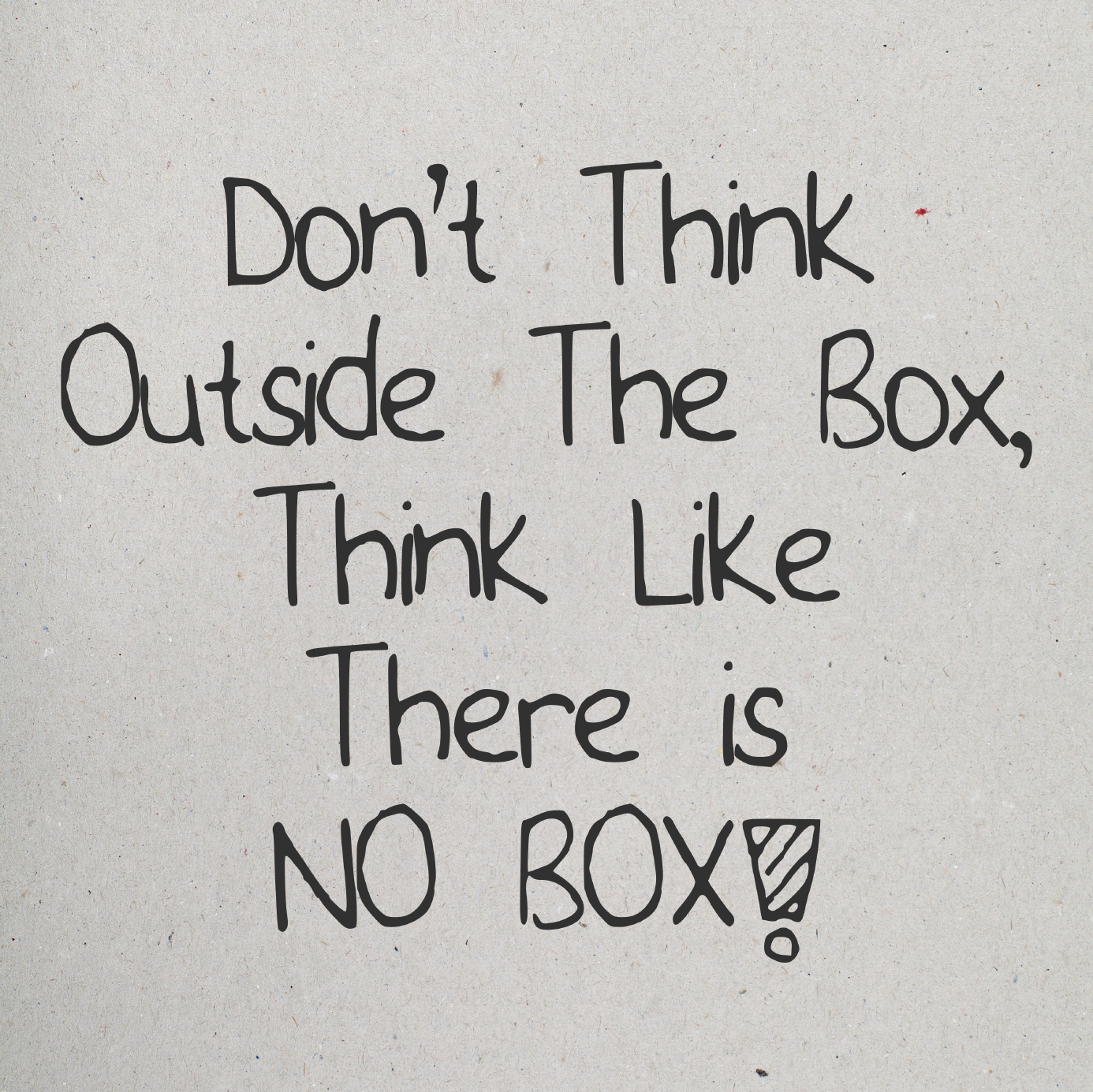![]()
What method for creating solutions is making waves in major corporations like PepsiCo, Stanford University, and government agencies in the United Kingdom? Do you feel like you are addressing today’s questions with yesterday’s answers? Design thinking is shaking up how top innovators do business. But it is not a new flavor of the month — it has been practiced for decades. Developed first in design professions like architecture and urban planning, design thinking has expanded to business, government, public service delivery, education, technology development and many other fields.
As an urban planner working in government, I find myself using design thinking for all kinds of challenges. While designers have to endure years of studio work and professional practice, you can benefit from design thinking no matter your field.
Design thinking is a creation process. You can use it to create virtually anything — products, policies, solutions. It is an iterative process that builds toward ever better solutions. There are several adaptations, but the basic phases are these:
1. Understand/empathize
The first step is to understand the problem and empathize with the experience of those affected by the problem. You might conduct user interviews, talk to people impacted by a policy, or gather input from customer agencies and the public.
2. Define
Now that you know the problem and its effects, it is time to define the need. Listen to users and customers to understand their needs. Resist the temptation to rush into brainstorming solutions. Remember that needs are not solutions. Customers may ask for a specific solution, like a database or policy change, but help them refocus on defining the need and keeping an open mind to the solution.
3. Ideate
Now it’s time to start developing alternatives for addressing the need. Let your ideas be as unlimited as possible. Keep in mind that the purpose of this phase is to develop as many alternatives as you can. Give permission to be creative. Be the first to toss something a little wild on the whiteboard. Encourage new ideas. If you are not used to working this way, the first round may feel a lot like an icebreaker. That’s okay. Keep going until you have some alternatives to explore.
4. Prototype
Don’t commit to a solution yet; prototype instead. Build a quick version of your solution. It doesn’t have to be perfect. You might start with a policy framework, a wire frame website, or basic version of your idea. Include just enough detail to show how your concept would really work. Don’t fuss with making it perfect or adding the finishing touches. The beauty of a prototype is that it can be scrapped, reused in another form, or developed further without a significant investment of resources being wasted.
5. Test
Now that you have your prototype, it’s time to give it a test run. Don’t worry if it fails in testing. Determining why and how the prototype failed will reveal new understanding of the problem and help you develop a better prototype in the next iteration. When you develop a prototype that works, you have a solution. Celebrate success, but return to step one to keep up with evolving needs. Implementation is not the end; it is a new beginning for another round of design thinking.
Government creates both tangible and intangible goods and services. Design thinking thrives in the production of both. The approach has created everything from apps, to buildings, to public policy. Break away from once-and-for-all products that are inflexible. Use design thinking to refocus on creating solutions that can evolve with changing needs. Lead with design thinking.
Crystal Winston is part of the GovLoop Featured Blogger program, where we feature blog posts by government voices from all across the country (and world!). To see more Featured Blogger posts, click here.





Great list! This is a process everyone in service delivery (the bulk of government work) should be using. I also think that the designer should not worry too much about defining the problem in a super specific way, because sometimes the user or customer only know they are experiencing a problem and can’t articulate it. The definition of “problem” needs to be expressed in a way that illustrates to the customer that it can be either positive or negative; too often problems are assumed to be something that is going badly.